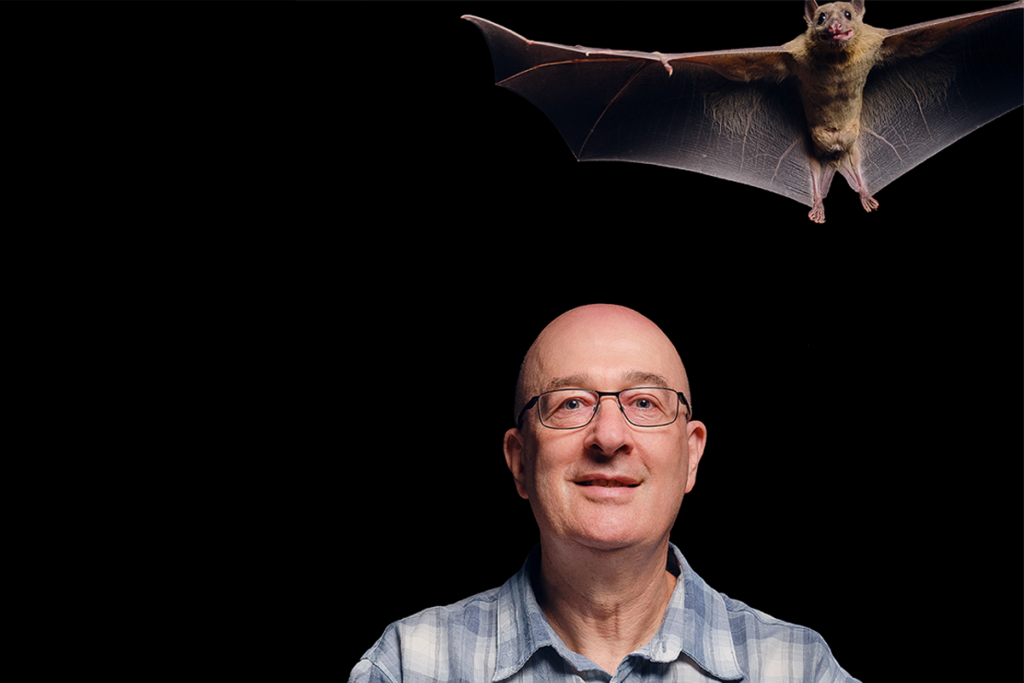Rebecca W. Black received her Ph.D. in Curriculum and Instruction from the University of Wisconsin, Madison in 2006. Her research centers on the literacy and socialization practices of young people from diverse cultural and linguistic backgrounds who are writing and participating in online, popular culture-inspired environments. This work includes an explicit focus on the 21st century skills and forms of literacy and learning that youth are engaging with in online spaces. Dr. Black’s work has been published in Teachers College Record, Reading Research Quarterly, Research in the Teaching of English, the Journal of Adolescent and Adult Literacy, the International Journal of Learning and Media, and E-learning. Her book exploring how English language learning youth represent their cultural and linguistic identities through fan fiction texts was published by Peter Lang in the Spring of 2008.

Rebecca Black
Associate Professor of Informatics, University of California, Irvine
University of California, Irvine
From this contributor
Young writers fight autism stereotypes through fan fiction
Some fan-fiction authors are beginning to incorporate autism into their stories, especially in the Harry Potter universe.

Young writers fight autism stereotypes through fan fiction
Explore more from The Transmitter
The Transmitter’s most-read neuroscience book excerpts of 2025
Books by Nachum Ulanovsky, Nicole Rust, and Andrew Iwaniuk and Georg Striedter made the list of some of the year's most engaging neuroscience titles.

The Transmitter’s most-read neuroscience book excerpts of 2025
Books by Nachum Ulanovsky, Nicole Rust, and Andrew Iwaniuk and Georg Striedter made the list of some of the year's most engaging neuroscience titles.
Neuroscience’s leaders, legacies and rising stars of 2025
Here are seven stories from the past year about some of the field’s most engaging figures.

Neuroscience’s leaders, legacies and rising stars of 2025
Here are seven stories from the past year about some of the field’s most engaging figures.
The Transmitter’s top news articles of 2025
Check out some of our most-read stories, covering neuroscience funding and policy changes in the United States, and methodological issues in high-profile neuroscience papers.

The Transmitter’s top news articles of 2025
Check out some of our most-read stories, covering neuroscience funding and policy changes in the United States, and methodological issues in high-profile neuroscience papers.